Louisiana Sugarcane Farm
I had the opportunity to visit a Louisiana Sugarcane Farm shortly after my first semester of photography school, which provided a good opportunity to put the skills to use in the real world.
Jesuit priests first brought sugarcane to south Louisiana in 1751. One can only speculate as to whether or not they could foresee the joys and horrors the crop would bring for centuries to come. Sugarcane is currently contributing over $2 billion per year to the state’s economy and despite the trend for healthy lifestyles, the demand is still going strong and probably always will. Matt Frey is a third generation sugarcane farmer. He is dedicated to his trade and operates the business with three other brothers. The cycle is never ending: cultivating, planting, controlling pests, cutting, loading and finally delivering to the sugar mill in nearby southeastern Pointe Coupee Parish, Louisiana where farmers are allotted a certain number of trucks that they can deliver in one day. Not reaching that number can be devastating.
Matt’s days are long regardless of where he is at in the cycle. Any down time from cutting is inevitably spent preparing fields, maintaining equipment, attending meetings, conducting farm business or any number of other seemingly endless tasks. The same is true for the crews, but they are at least free from worry of financial devastation that can come from a new disease variety, hurricane, or poor yields which can be caused by a variety of factors. All of these are affectionately known as “strain on the cane.” The minimum yield goal is 230 pounds of sugar per ton of harvested product though Matt sets his sights higher at 250 lbs per ton.
Anyone driving the backroads of Louisiana would think that sugarcane is indestructible. The truth is, there is a never ending war between man and nature as new diseases spring up constantly. The sugarcane can be grown from stubble (remaining plant after harvest) for only up to three years then the entire crop must be replaced with a new improved variety as the old one succumbs to diseases and yields drop so low that the crop is an economic failure. Tissue culture firms in conjunction with Louisiana State University and other agricultural agencies compete to produce the next advanced crop resistant to pests, diseases, and producing the highest yield. When the labs are successful the new varieties must be quickly produced and sold to farmers like Matt. The production of this seed cane is in itself an important business for farmers as it cannot be grown to proper size in a lab, so deals must be made with farmers and land owners to make high production quotas before that variety itself is brought to its knees.
Christopher Ryan’s work can be found at Arabi Visual Arts.
- Matt on the cutter
- Never ending problems
- Sugarcane Cutter
- Field ready for new variety of seed cane
- Sugarcane dipstick
- PTO in action
- Cutting the seed cane
- Cane loader
- Walkers planting cane
- Walkers planting cane
- Walkers
- Walkers planting cane
- Walkers planting cane
- Walkers planting cane
- Freshly plowed ready for planting
- Lots of tractors
- Fallow field
- New crop
- Cane loader
- Seed
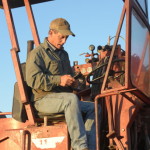
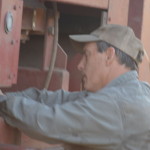
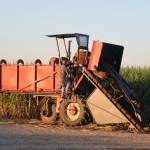
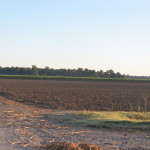
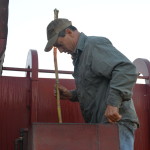
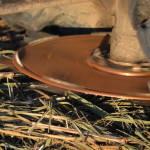
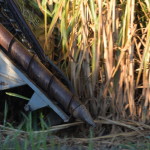
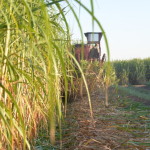
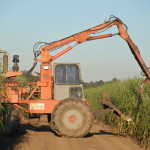
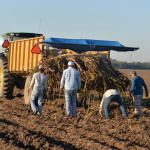
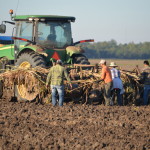
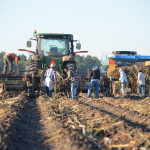
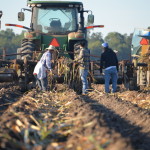
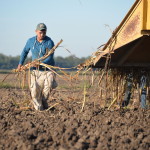
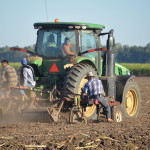
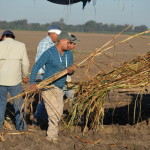
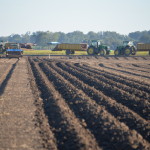
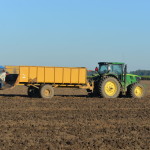
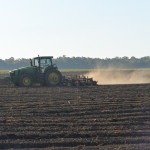
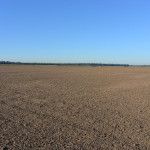
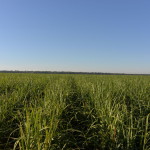
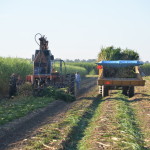
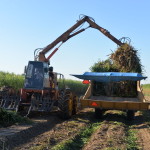
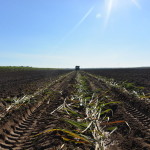
Leave a Reply
You must be logged in to post a comment.